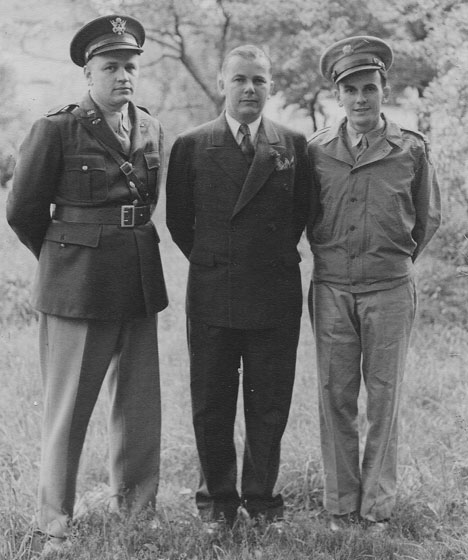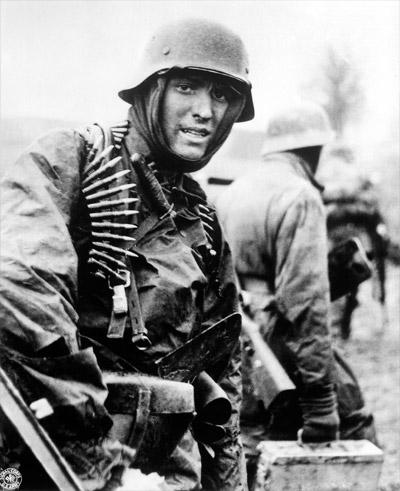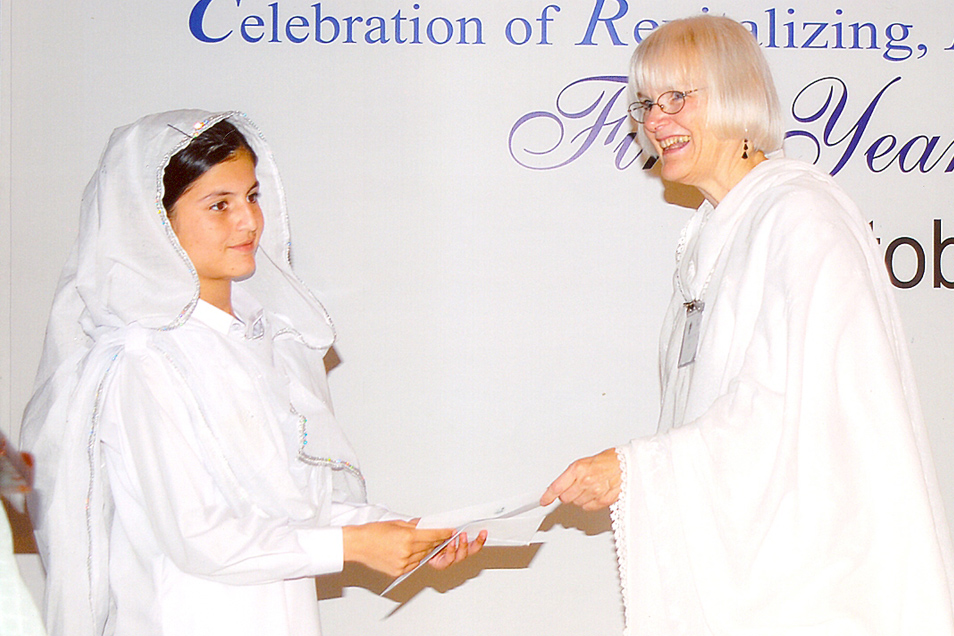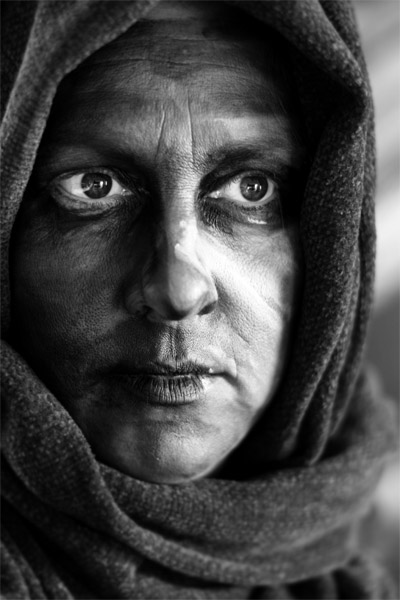
Memoirs or Fiction: Bringing Stories to Life
In the previous messages in this series I’ve talked about conundrums or puzzles in your life that you may be able to successfully solve in your writing. In planning the approach you want to take, you may want to write a memoir or you may choose fiction.
If you choose memoir, know that a lot of people have taken this path. Many believe they’ve had interesting lives and that others would enjoy reading about those lives. And then comes the evolution of 15 or 20 chapters detailing this life, followed by weeks or months of difficulty figuring out the ending. For a memoir to be successful, the author must pull from the themes of the story to summarize how she has changed, how he has dealt with life’s challenges in a way that can be inspiring to others. I have known several memoir writers who have given up at this stage. They just aren’t sure what they have actually learned from the issues they have faced.

I have found it easier—and in the end more satisfying—to write fiction. I take a person like my protagonist Shahnaz in Uncovering, stick her in the difficult situation of living with a fundamentalist who is in charge, and spin the plot from there. It was hard, given the complicated context of northwestern Pakistan to decide on an ending. I tried “rehabilitating” the antagonist, Raja Haider, to bring him back from his more extreme views into the positions held by the rest of his family. I researched possible methods; for example, how gang members are rehabilitated, but there isn’t any such program in Pakistan, and the character I’d drawn was very resistant to change. It took about five different endings to resolve what I felt were critical issues. But I’m pleased to say I’m satisfied with the ending.
In The American Dream I endowed my protagonist David with many of the character traits of my father, set him in the 1950’s, and figured out how he might perform heroic deeds. Without giving the story away, let me say that he does so—and there are consequences. But he ends up a different and far less angry man, as I would have liked my father to be.
Three Steps to Character-Building
So, by now you likely have a potential list of puzzles from your life that you’d like to solve. Next steps:
• If it’s a character trait, invent a protagonist who has that trait (though he/she may differ from the model in other traits) and think about the situations you may put that person in and how he/she would react. Make things complicated. See if that trait could be modified in satisfactory ways, given the experiences you invented.
• Similarly, if there are actions in your life that you cannot explain—but think are significant—devise a character and force her to reenact that scene. Again, make things complicated (they always are in life!) and see how that protagonist acts. Your creative mind may come up with multiple explanations for the action, allowing you to choose how you want the story to progress and end.
• For a question about why a context was so hard to understand or adapt to, trap your protagonist in exactly that situation and play it out.
I admit freely that the endings I come up with as a writer may not be “correct” in reality. I don’t honestly know what would have happened to a woman like Shahnaz in a family headed by a fundamentalist. She might well have given up her passion and simply acquiesced to her brother-in-law’s demands. But not in my world!
There is great power in this process of inventing a world where difficult people, actions, and contexts become understandable. And huge satisfaction in solving those conundrums we all encounter in life. Give it a try and let me know how it goes!





